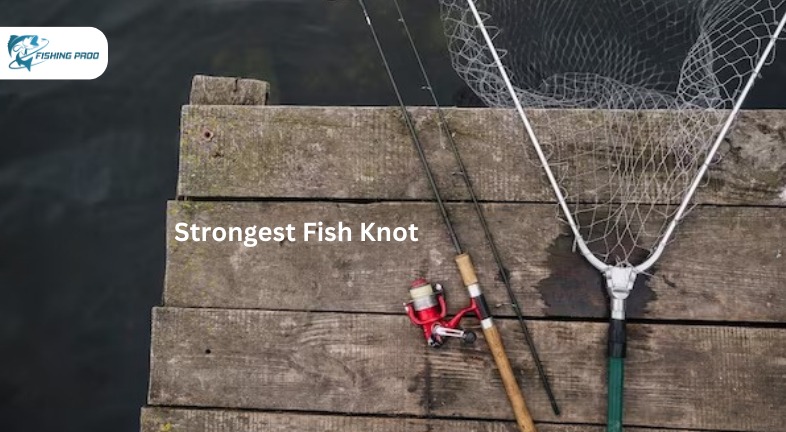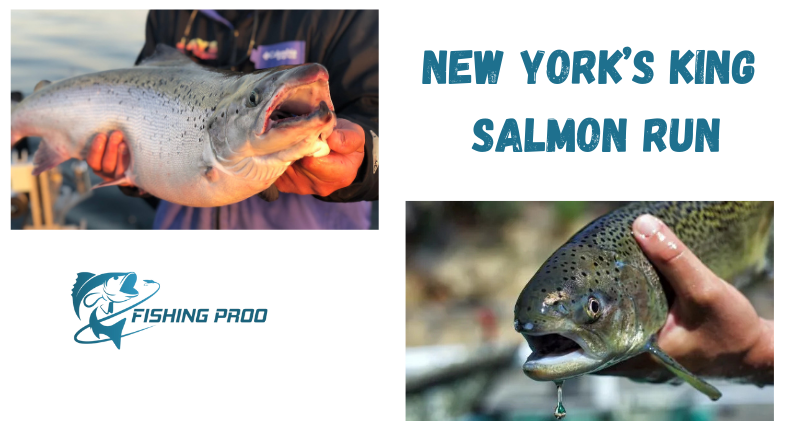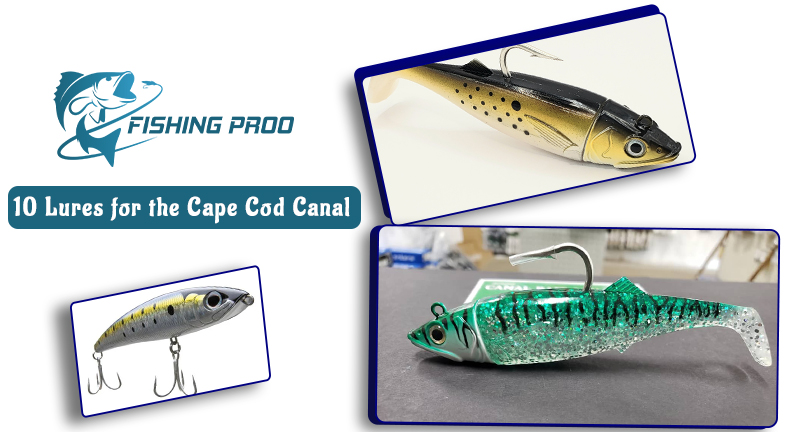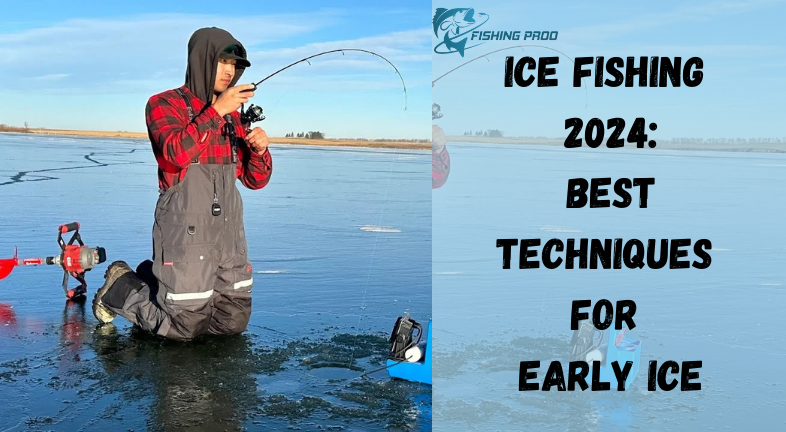STRONGEST FISH KNOT

The battle’s outcome depends only on the knot when the line sings and the rod bends. The competition between competitor and angler turns the search for the strongest fish knot into a primordial endeavor. But strength isn’t a single, unchanging thing. It dances in complex knots that subdue the wrath of the deep with grace, flexibility, and a dash of luck.
Since different knots work better in different situations, the strongest fish knot can change depending on the circumstances. Nonetheless, when it comes to general strength and adaptability, two knots routinely score highly:
The Palomar Knot is a popular choice for attaching your line to a hook or lure since it is robust and dependable. Even with chilly or damp hands, it's not too difficult to knot and yet has a strong breaking power. Both braided and monofilament lines perform admirably when tied with the Palomar knot.
The Palomar knot, forged in the furnace of strength and simplicity, is unsurpassed. Its interior cinch firmly holds onto all types of lines, and its neat loops easily cradle hooks and lures. It makes sense that both professional and amateur fishers love it.
Uni Knot: Well-liked for its ease of use and strength, the Uni Knot is another robust and adaptable knot. It works well for dropper loops and leads since it may be used to join lines of varying thicknesses. The Uni knot is extremely dependable and simple to learn, even though it isn’t quite as strong as the Palomar knot in some testing. You shouldn’t judge a knot by its name or a book by its cover. Despite its modest name, the Uni knot has a lot of power. Its surprising breaking power and versatility are concealed by its seemingly straightforward structure. It is a master of leader construction, seamlessly joining lines of varying widths.
Blood Knot: This knot is useful for leaders and for joining backing line to braid because of its remarkable strength and capacity to unite lines of varying diameters. It can be more difficult to tie than the Palomar or Uni Knot, though. The Blood Knot enters the scene when lines of uneven girth must dance. Because of its complex intertwining, pressure is distributed equally, keeping the weaker line from being used as a sacrifice. The Blood Knot is more difficult to learn than its easier counterparts, but it pays off in power and versatility that is unmatched.
The tech-savvy contender: The FG Knot The FG knot captures the spirit of innovation that continues to advance. This knot, which was developed by fly fishing enthusiasts, achieves near- line-strength breaking points using a special mix of twists and rotations. The FG knot is a good example of the possibilities of contemporary knotting methods, even though it is mostly used for fly lines.
However, naming one as the “strongest” is likened to establishing one note as the supreme tone in music. The key to true mastery is knowing how line, knot, and angler interact. The best knot to use depends on various factors, including fight tactics, drag setting, and rod power. An FG knot on braided line could break by the gentle tug of a trout, but a Palomar with a light line and finesse tactics might not hold up against a prize marlin.
A fisherman does not become a master knotter overnight. Mastery requires effort, patience, and a modicum of humility, just like any other skill. Set up time to study and practice different knots, taking note of their advantages and disadvantages. Try out various fishing techniques and lines to see how well knots work in various situations.
Here are a few other things to think about while selecting the strongest fish knot for your needs:
Line type: Braided or monofilament lines are a better fit for certain types of knots. Make sure the knot you select works with the line you have.
Fish of interest: When choosing a knot, consider the size and strength of the fish you are aiming for. A larger fish will.
Fishing circumstances: You”ll need a knot that can take a beating if you’re fishing with heavy tackle or in difficult weather.
When referring to a particular tie used to safely fasten fishing lines to different parts of your fishing equipment, such as hooks, lures, leaders, and swivels, the term " fish knot" is used exclusively in relation to fishing.
Effective fishing requires the use of these knots because they:
Preserve line strength: An effective fish knot reduces line weakening at the attachment point, enabling you to land even the heaviest fish without fear of the line breaking.
Stop slipping: They guarantee a firm grip between the line and other parts, keeping knots from coming undone or coming loose during a battle with a fish.
Adjust to various circumstances: A range of fishing knots are made for particular uses, such as combining lines of varying thicknesses, making loops, or fastening heavier lines to smaller hooks.
Let's break down the components that genuinely make a knot formidable before we name a winner:
Breaking Strength: The breaking strength, the unchallenged king of raw power, is the most weight a knot can support before giving up to the tug of war. It serves as the initial line of defense against marine leviathans.
Slipability: A well-knotted object reduces friction, which is your enemy. A slick knot keeps the line from slipping when pressure builds up, so even if a monster tuna makes a last-ditch attempt to break free, the hold will stay solid.
Line Compatibility: Just as not all knots and lines are made equally, neither are they. A champion should be proficient in both the rough grip of monofilament and the sleek smoothness of braided lines.
Ease of Tying: Complexity becomes a nuisance when fingers are numbed by cold and adrenaline is rushing. Gushing hands and rough seas shouldn’t prevent you from tying a sturdy knot.
Versatility: Not everyone fits into one size, particularly in the aquatic realm. A really strong knot may be tied in a variety of situations, joining lines with varying densities, creating loops for lures, and confidently fastening leaders.
CONCLUSION:
Seek advice from seasoned fishermen, taking note of their knotting expertise.
Recall that the strongest fish knot is a dynamic collaboration of skill, knowledge, and adaptability rather than a single entity. Your line will sing with strength and your rod will bend with the excitement of triumph if you put in the necessary effort and have a strong desire to learn.







